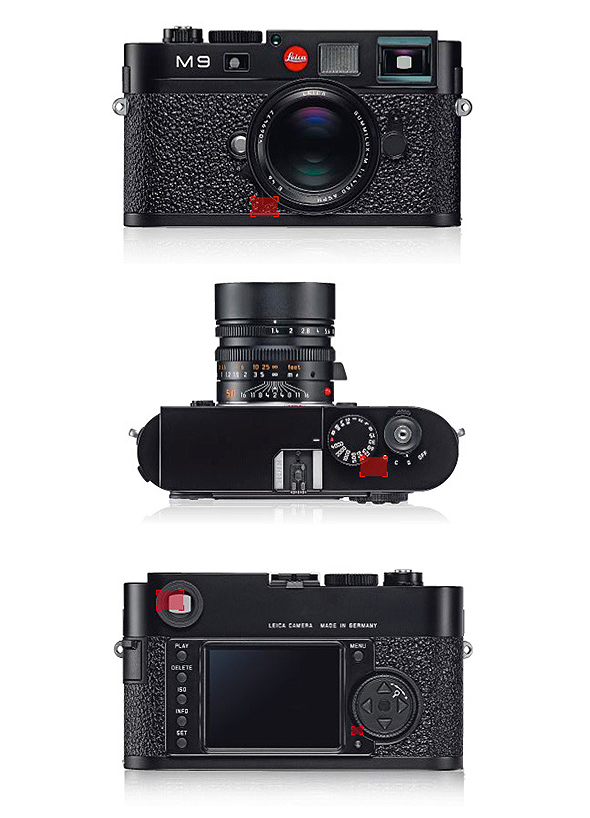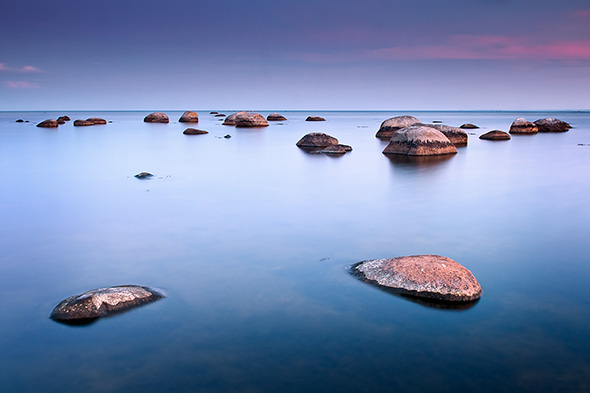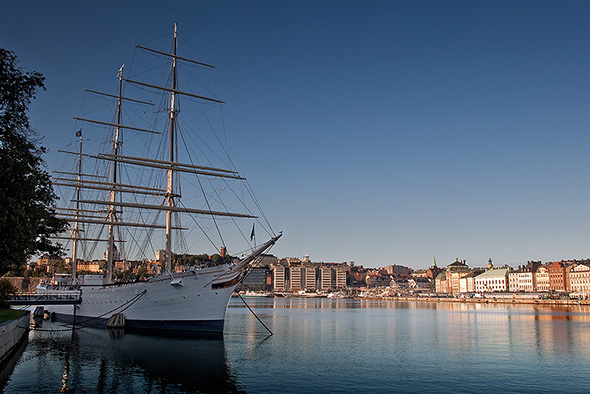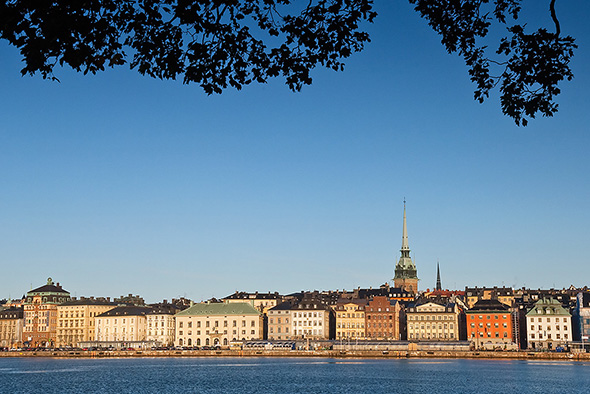by René Timmermans | Sep 11, 2009 | Gear
Three years after the introduction of its first digital rangefinder, the M8, Leica has introduced this week the latest follow-up in the M-serie, the M9.

.
Although for many of us amateur photographers way out of our budget, it once again is a beauty and a true pleasure reading about it.
The Leica M9, with its 24 x 36mm, 18 megapixel sensor is, according to the company: ‘the world’s smallest full-frame system camera.’ The body is available in a new ‘Steel Gray’ finish and offers minor button re-arrangement over the M8 – all the major changes relate to the internals.
For the official Leica M9 website click here.
For the articles on Digital Photography Review read here and here.
by René Timmermans | Sep 6, 2009 | Photography
As earlier mentioned in a post, this summer I have been traveling on the east coast of Sweden. One of the last stops was the small summer house village of Fårabäck. This idyllic place has an amazing coastline, which is full with large stones. Since the water is very shallow even up to 50 meter from the shore, the large stones raise majestically above the water level. In the evening sunset there was a beautiful mix of blues and magentas in the water and the sky.
I was knee-deep in the water moving my tripod around, constantly fearing I would glide in the slippery soil and dump my equipment in the salty water. Additionally there was a lot of jellyfish around, but luckily I recognized them as the “non-stinging ones”. The things we do for our images!

This image was taken with a Nikon D300 and a Nikon AF-S DX 17-55mm lens @ 18mm; f/20.0 – 25sec – ISO100.
by René Timmermans | Sep 1, 2009 | Gear
As expected Canon has today announced the EOS 7D digital SLR.

.
The Canon EOS 7D has a completely new design to meet the specific demands of photographers. Incorporating a new 18MP APS-C CMOS Sensor, developed by Canon, the EOS 7D also features: Dual “DIGIC 4” processors to offer fast, high-quality performance in all light conditions, an ISO range expandable to 12,800 and continuous shooting at 8 frames per second – without the need for additional accessories. Impressive technologies are matched by excellent build-quality designed with the photographer in mind – to create a whole new photographic experience.
For the official Canon news release read here.
For the articles on Digital Photography Review read here and here.
by René Timmermans | Aug 31, 2009 | Gear
Earlier this year onOne Software released the Canon version of the DSLR Camera Remote software for iPhone or iPod Touch. Now they finally have also released the Nikon version of the software.

.
DSLR Camera Remote is the next-generation cable release for your Canon EOS DSLR or Nikon DSLR camera. Just connect your camera to a WiFi enabled computer and the DSLR Camera Remote software enables you to use your Apple iPhone or iPod touch to wirelessly adjust cameras settings, fire the shutter, review images, even get a live viewfinder preview. DSLR Camera Remote is a must-have for remote shooting applications like high or low angles, self portraits and children. With its advanced timers it makes remote monitoring a snap. No internet connection required!
To buy or read more about the onOne DSLR Camera Remote software click here.
by René Timmermans | Aug 24, 2009 | Photography
Today was a beautiful day in Stockholm. Although the temperatures have dropped to around 20 degrees (Celcius), the sky was clear blue and the sun was visible during the whole day.
Because of the great weather forecast I had decided to get up early and take some photos in the city centre. At 4:30 the alarm clock rang and at 5:04 I sat in the first metro traveling to Gamla Stan (the Old City). From there I walked to Skeppsholmen, a small islet in the Stockholm archipelago from where you have an amazing view of the old city.
On the west shore of Skeppsholmen lies the af Chapman, a three mast sailing ship, that is now in use as a youth hostel. The ship was built in the UK in 1888 and originally known as Dunboyne, after a town in County Meath, Ireland. On its arrival to Sweden in 1915 it was renamed G D Kennedy and when the Navy bought it in 1923 it was given its present name after the shipbuilder and Vice Admiral Fredrik Henrik af Chapman (1721–1808). The Navy used it as a training ship and as such it made several trips around the world before serving as a barracks during WW2.
On the photos below you see the af Chapman and the view on Gamla Stan.



These images were taken with a Nikon D2X and a Nikon AF-S DX 17-55mm lens.










Recent Comments